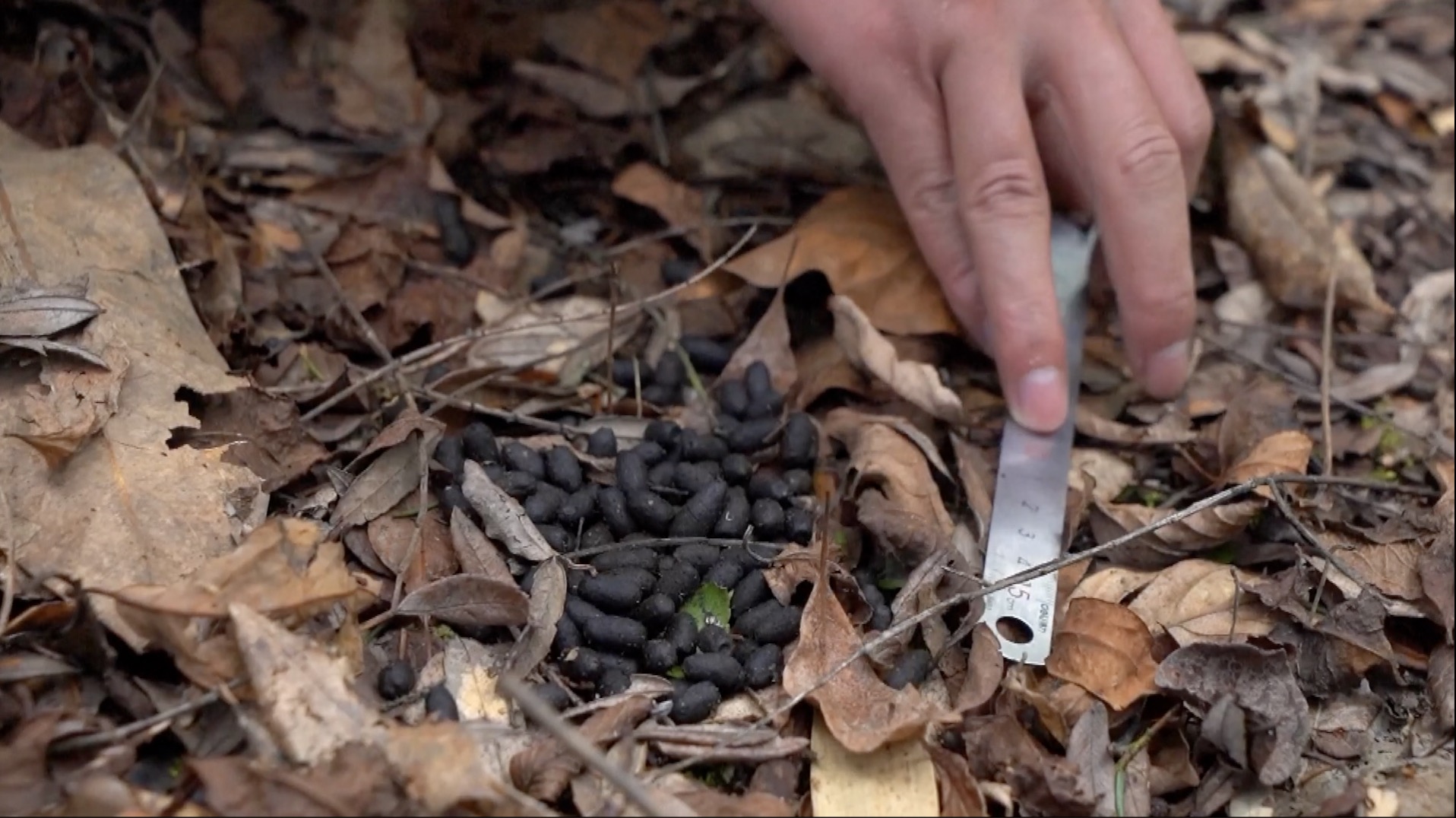00:31

Researchers in southwest China's Ya'an City, Sichuan Province have recently started a spring survey to monitor wild giant pandas and better understand their habits and population in the region.
Line transect sampling and infrared cameras have been used by researchers at the Yingjing County Management and Protection Center inside China's Giant Panda National Park.
Bite marks on bamboo, hair left after giant pandas rubbed against trees, marks of them lying down, caves used by them to give birth and their feces can all provide useful information to researchers.
"There are some bamboo leaves on the feces. We will take the feces back to measure the bamboo stem fragments in it to know the length of the bamboo stem a giant panda ate. According to the length and the distances between piles of feces, we can have a rough estimation of giant panda population in this area," said Song Xinqiang, a member of the scientific monitoring staff at the Yingjing County Management and Protection Center.
Since 2017, the center has found 14 wild pandas and more than 60 other species in the region during survey and monitoring activities.
"We have installed nearly 300 infrared cameras in the wild, which have collected more than 600,000 pieces of data since 2017. We have also built a library of infrared camera data to keep all this material together for future giant pandas studies. Since the giant panda is an umbrella species, we will also study other species to learn about the biodiversity of the giant panda habitats," said Fu Mingxia, head of the management and protection center.
The survey and monitoring work of giant pandas in recent years showed that the pandas have sufficient food in the wild, and the environment of their habitat has significantly improved.